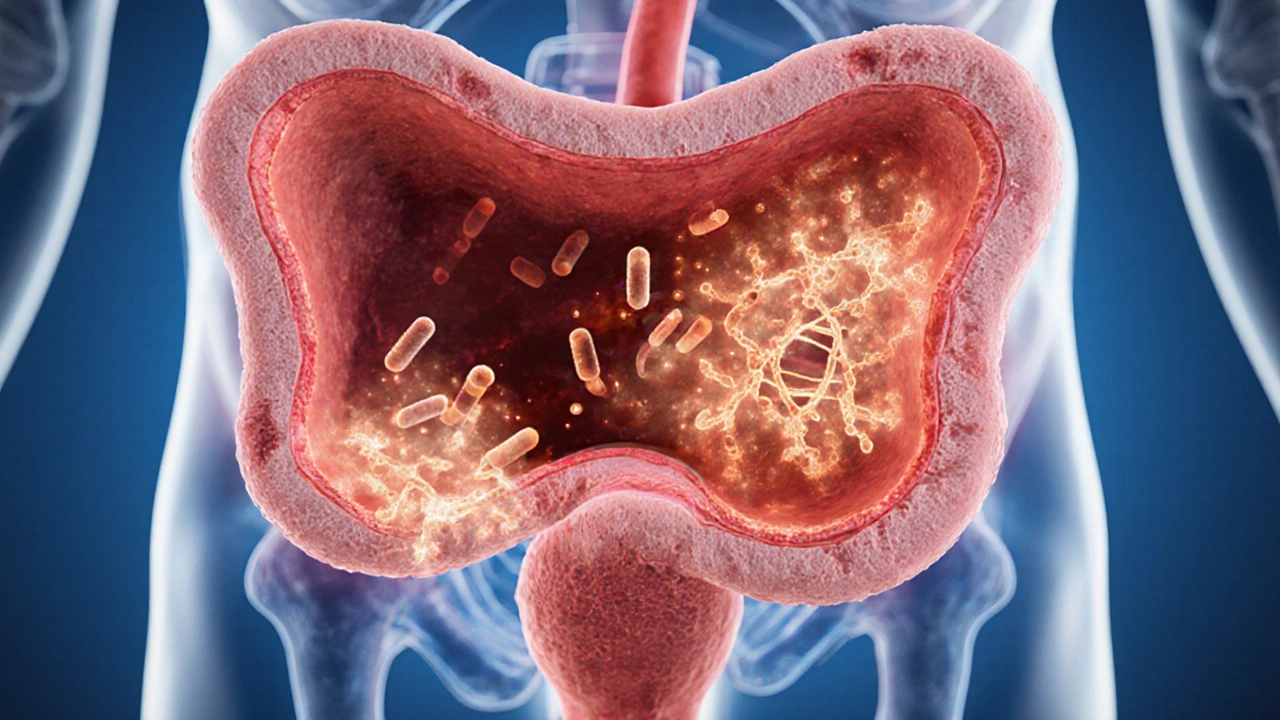Cystitis – Understanding Bladder Infections
When dealing with cystitis, an inflammation of the bladder usually caused by bacteria. Also known as bladder infection, it can affect anyone but shows up more often in women.
In many cases urinary tract infection, a broader term for infections anywhere along the urinary system is the umbrella condition, and cystitis is the specific bladder component. This relationship means that any factor that triggers a UTI—like poor hygiene, a blocked urethra, or hormonal changes—can directly lead to cystitis. Recognizing the link helps you catch the problem early before it spreads to kidneys.
Treatment hinges on antibiotics, medications that kill or stop the growth of bacteria. Most doctors prescribe a short course of a targeted antibiotic after confirming the infection with a urine test. Choosing the right drug and completing the full regimen are essential; stopping early can let bacteria rebound and cause recurring episodes.
Symptoms act as the first warning system. Typical signs include a burning sensation when you pee, frequent urges to urinate, cloudy or strong‑smelling urine, and sometimes lower‑abdominal pain. When these clues appear, it’s a cue to seek a urine analysis. Early detection not only speeds recovery but also reduces the chance of complications like kidney infection. Preventive steps round out the picture. Drinking plenty of water dilutes urine and flushes bacteria out of the bladder. Cranberry juice, though not a cure, can make it harder for bacteria to cling to bladder walls. Proper wiping (front‑to‑back), avoiding irritating feminine products, and emptying the bladder after sex are simple habits that cut down risk. Below you’ll find a curated collection of articles that dive deeper into each of these areas—diagnostic tests, specific antibiotic choices, lifestyle tweaks, and when to seek specialist care—so you can manage cystitis confidently and keep your bladder healthy.

Cystitis and Bladder Cancer: Exploring the Connection
Explore how repeated bladder infections (cystitis) can raise bladder cancer risk, who’s most vulnerable, detection methods, and steps to lower your chances.